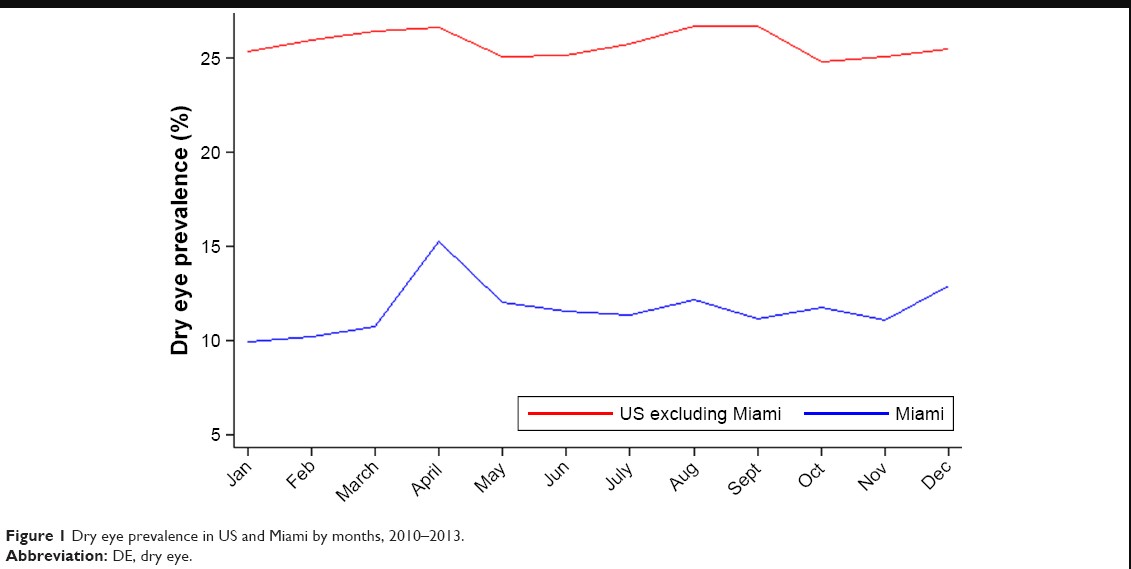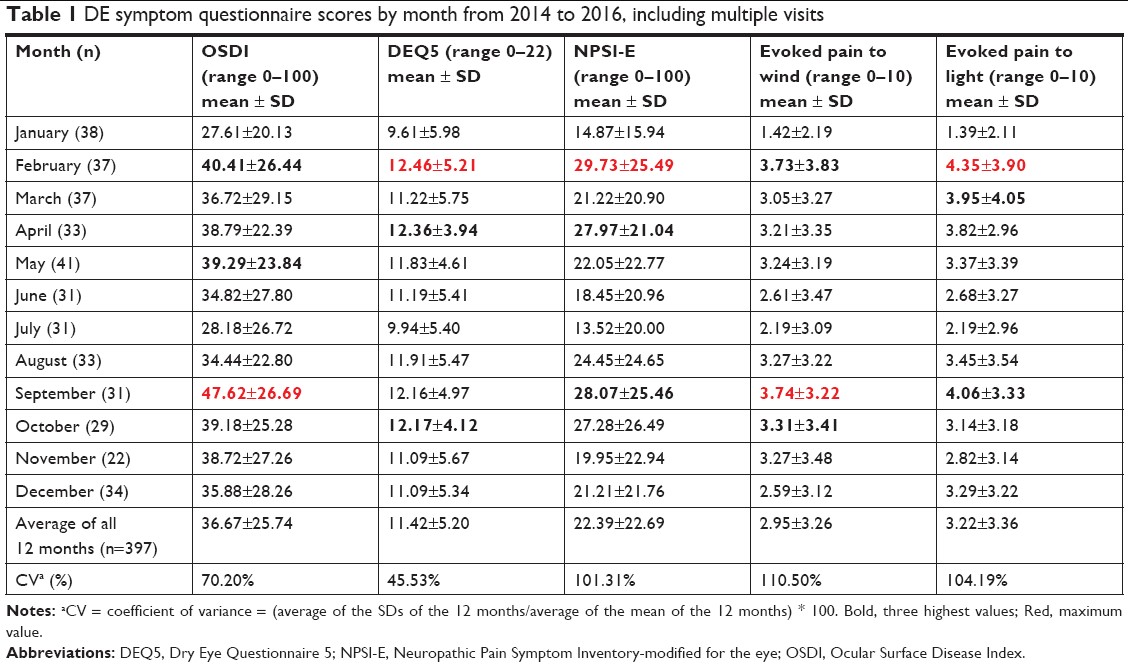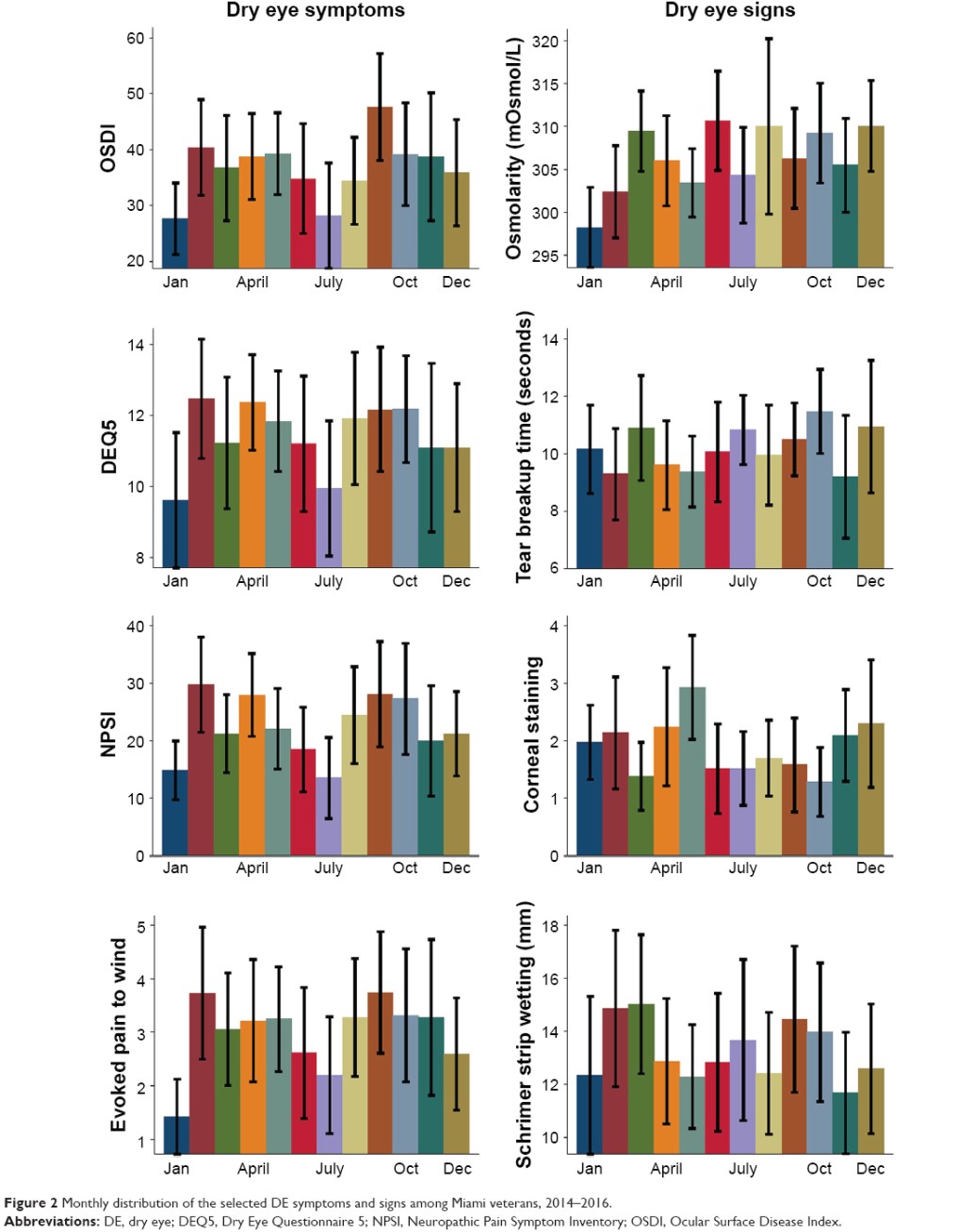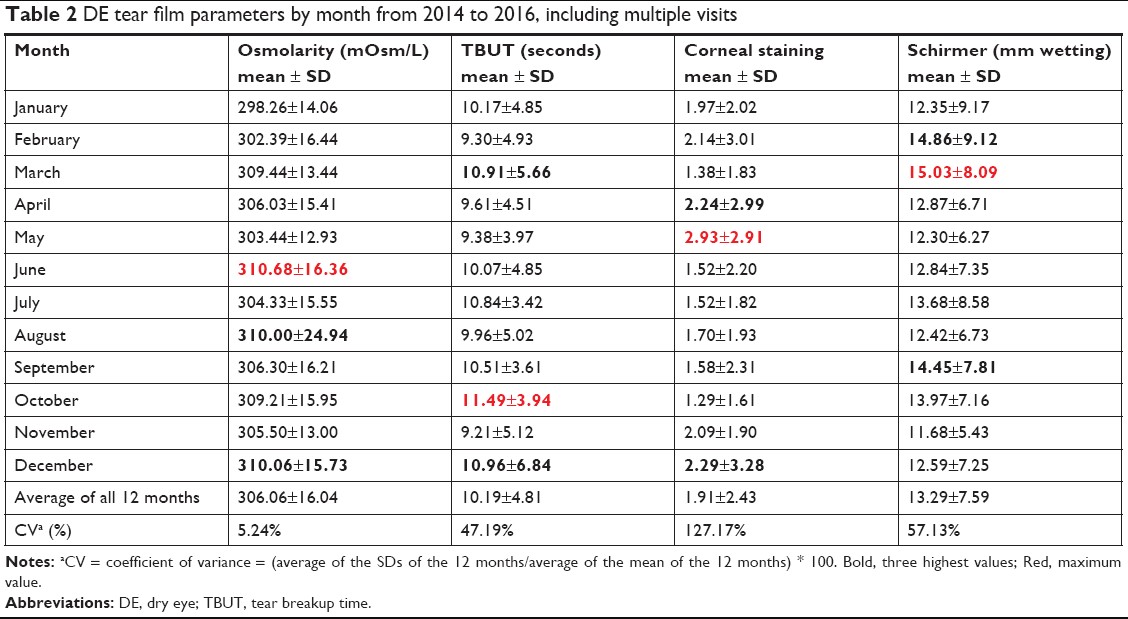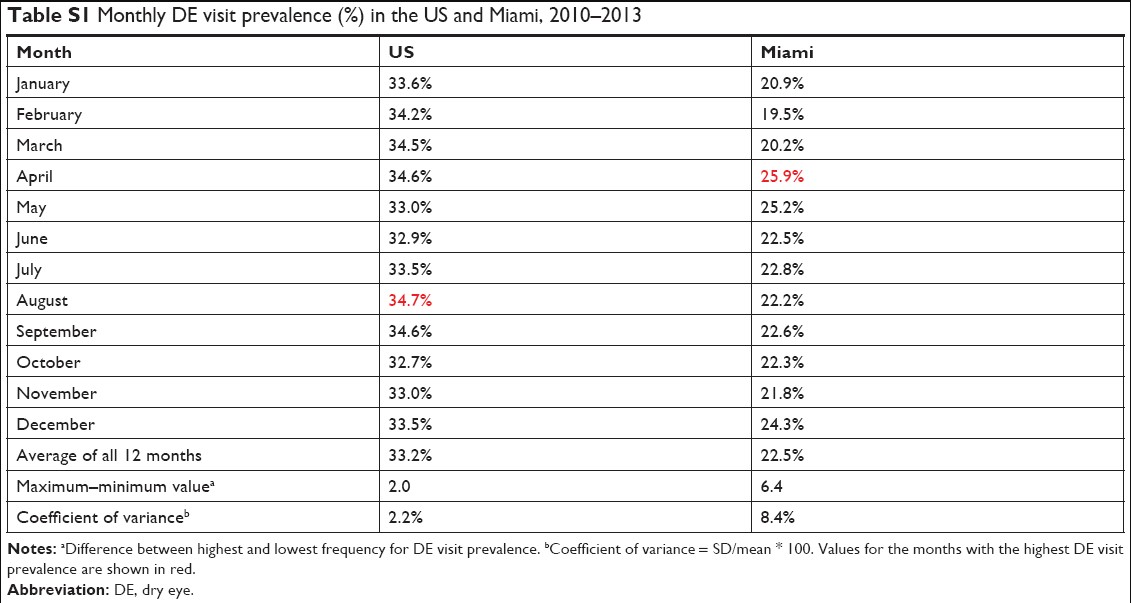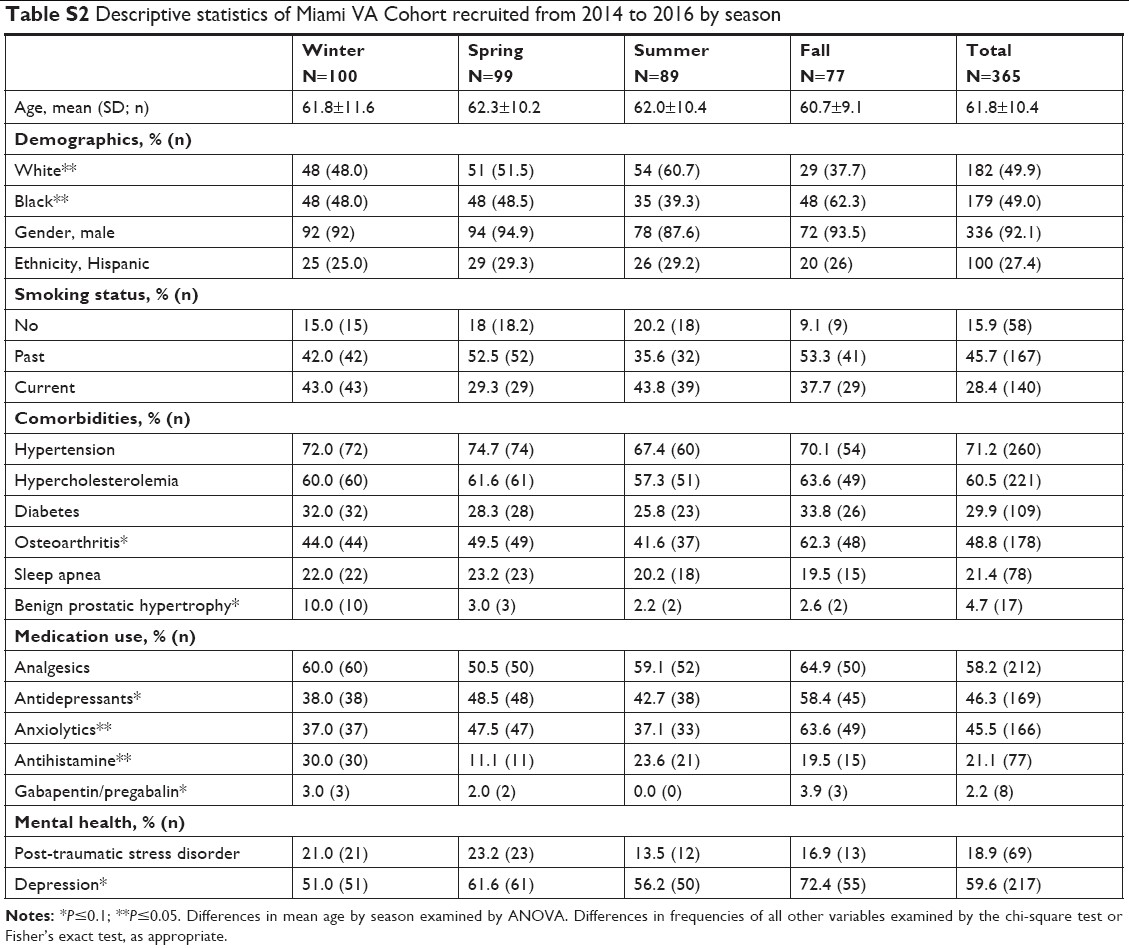Environmental factors may not have a direct but indirect effect on dry eye formation. We can see that dry eye formation increases with environmental effects such as extreme hot or cold weather, excessive wind. As you know, the winter months are approaching now. So how effective are the approaching winter months and changing weather conditions on dry eye formation? Do dry eye complaints increase in winter months?
Does the risk of dry eye increase according to the seasons? What is the relationship with climate?
We will need to examine the scientific researches conducted to give clear answers on this issue. Scientific research published on Dovepress provides us with data that will answer our question. Let’s move on to the details of the research and give our answer.
Details of the Research
Firstly, let’s talk about the details. The research was conducted as a comparison in Miami and the USA and the data between 2014 and 2016 were analysed.
In the study on 365 patients, for the evaluation of the eye surface;
- Tear evaporation time,
- Tear osmolarity,
- Corneal Lesions,
- Schirmer test parameters were used.
It was recorded that 92% of the participants were male and the average age was 61.8 years.
How are the Results?
A seasonal distribution was provided for dry eye. Accordingly, it was determined that the dry eye diagnosis rate in Miami was 25.9% in April and this was determined to be the peak point.
In the USA, it was concluded that dry eye complaints were at the highest level in the spring and early autumn months. The rate obtained in the USA was determined as 34.6%.
Dry Eye Prevalence Status: In Miami, it peaked in April at 25.9%, followed by May (25.2%) and December (24.3%). In the USA, April was the highest with 34.6%, followed by March (34.5%), August (34.7%) and September (34.6%). The minimum DE rate in Miami was seen in February (18%), while across the US there was a decline in October (30%).
Effect of Seasons on Dry Eye
While seasonal differences were more pronounced in Miami, this difference was less pronounced in the USA. Peak periods of AD symptoms coincided with spring and winter in Miami, whereas in the USA these peaks occurred in spring and autumn.
Corneal staining tests showed the most pronounced changes in spring, while tear production (Schirmer test) and tear evaporation time (TBUT) varied seasonally.
Final Conclusion
These data show that in Miami and the USA, which have different climatic conditions, seasonal differences significantly affected the severity of dry eye symptoms.

